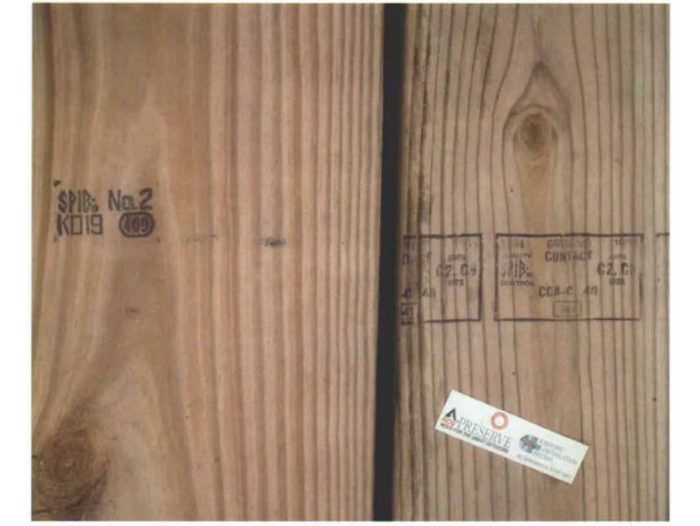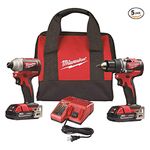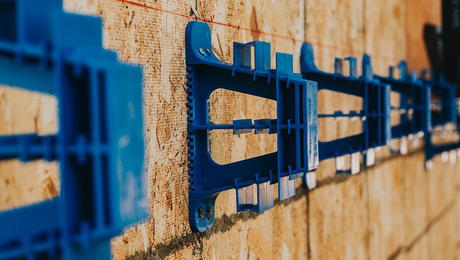Controlling Moisture in Deck Lumber
Many problems associated with deck deterioration can be traced to the original moisture content of the lumber.

Synopsis: A brief discussion of the importance of controlling moisture content in exterior decking lumber by a trio of scientists at the USDA Forest Products Laboratory in Madison, Wisconsin. Includes good basic information before you lay a new deck.
If you’ve ever inspected, repaired or torn off an old wood deck, you know what can go wrong with one. Nail heads stick up. Deck boards decay, cup, or twist, and joints that once were tight open up and loosen. Bad construction, the use of unsuitable lumber, the wrong fasteners or a lack of maintenance are often the sources of the problems. However, there is another important factor that can affect deck performance.
Here at the United States Department of Agriculture Forest Service Forest Products Laboratory in Madison, Wisconsin, we’ve learned from extensive research into wood behavior that the origin of many of these problems often can be traced to the moisture content (MC) of the wood at the time the deck was built or to the effects of moisture during its lifetime.
The effects of moisture in deck lumber determine how good a deck will look, how well it will hold up, and, often, how long it will last. Obviously, it’s impossible to control the amount of humidity and rain a deck is exposed to. (You can limit the amount of moisture that comes in contact with the wood only by applying a proper water-repellent finish or by purchasing lumber that has a water-repellent finish.) However, you can control the amount of moisture in the wood. Too much or even too little moisture in wood eventually can lead to structural problems.
Moisture content can affect a deck for years to come
To minimize warping, splitting, checking, shrinking, and failing finish, the deck boards at the time of construction should be uniform and less than about 20% MC, regardless of the species or whether the wood has been pressure-treated.
In most areas of the United States, we expect lumber in above-ground, protected, exterior applications to reach an equilibrium moisture content (EMC) around 12%. If your specific site is normally either very wet or very dry, the EMC will be higher or lower, respectively.
In general, the moisture content of most treated lumber is high—in the 35% to 75% MC range—and the wood is still wet when it arrives at the job site, unless it has been kiln-dried after treatment and marked KDAT. If the wood is stamped KDAT, its moisture content should be about 19% or less. Because redwood and cedar aren’t treated with preservatives, they’re usually marketed as kiln-dried or as air-seasoned, which means they will have about a 20% MC. Most deck builders install deck boards on delivery. Although this way is easiest, pressure-treated boards probably will vary greatly in moisture content and often will shrink unevenly.
In the case of preservative-treated wood, we recommend KDAT lumber, when available, because many problems that eventually surface in deck construction are a result of using wet lumber. Another option is to air-dry the treated lumber yourself. In both cases, you’ll be able to identify problem deck boards before installation and exclude them from your project.
Air-dry pressure-treated lumber to equalize moisture content
Treated lumber that’s not marked KDAT should be air-dried for several weeks, depending on the type of weather and the extent to which the lumber is exposed.
For more photos and details, click the View PDF button below:
Fine Homebuilding Recommended Products
Fine Homebuilding receives a commission for items purchased through links on this site, including Amazon Associates and other affiliate advertising programs.

Standard Marking Chalk

FastenMaster Screw Bolt Fastening System

Drill Driver/Impact Driver


























